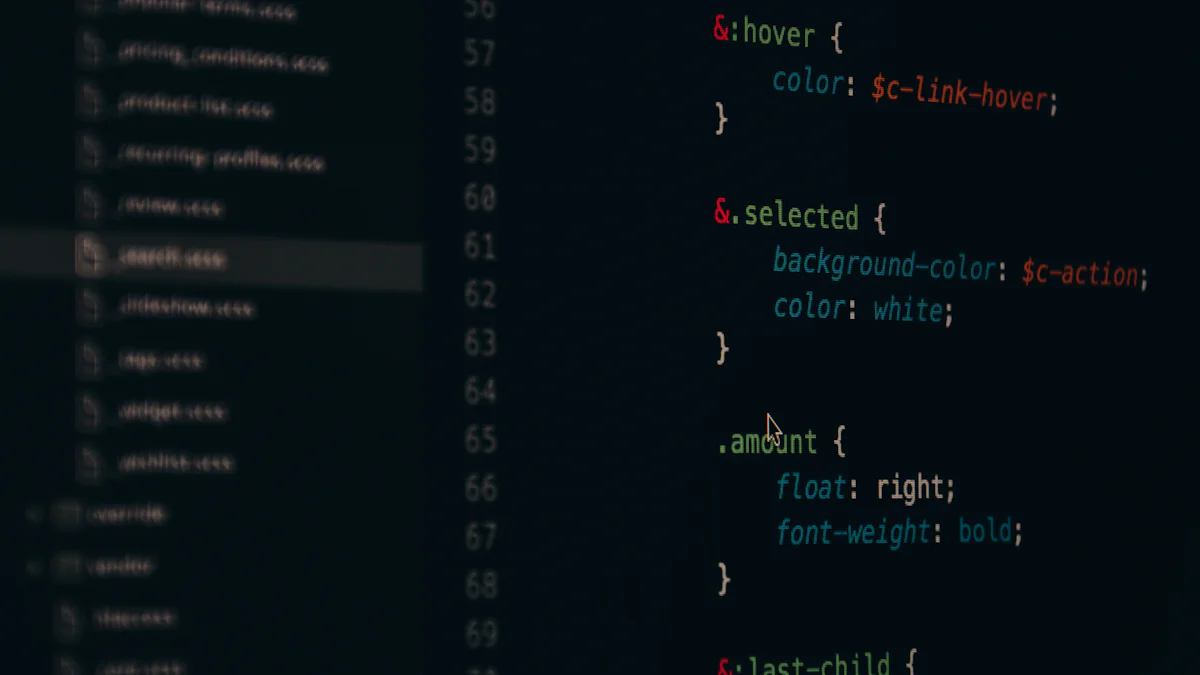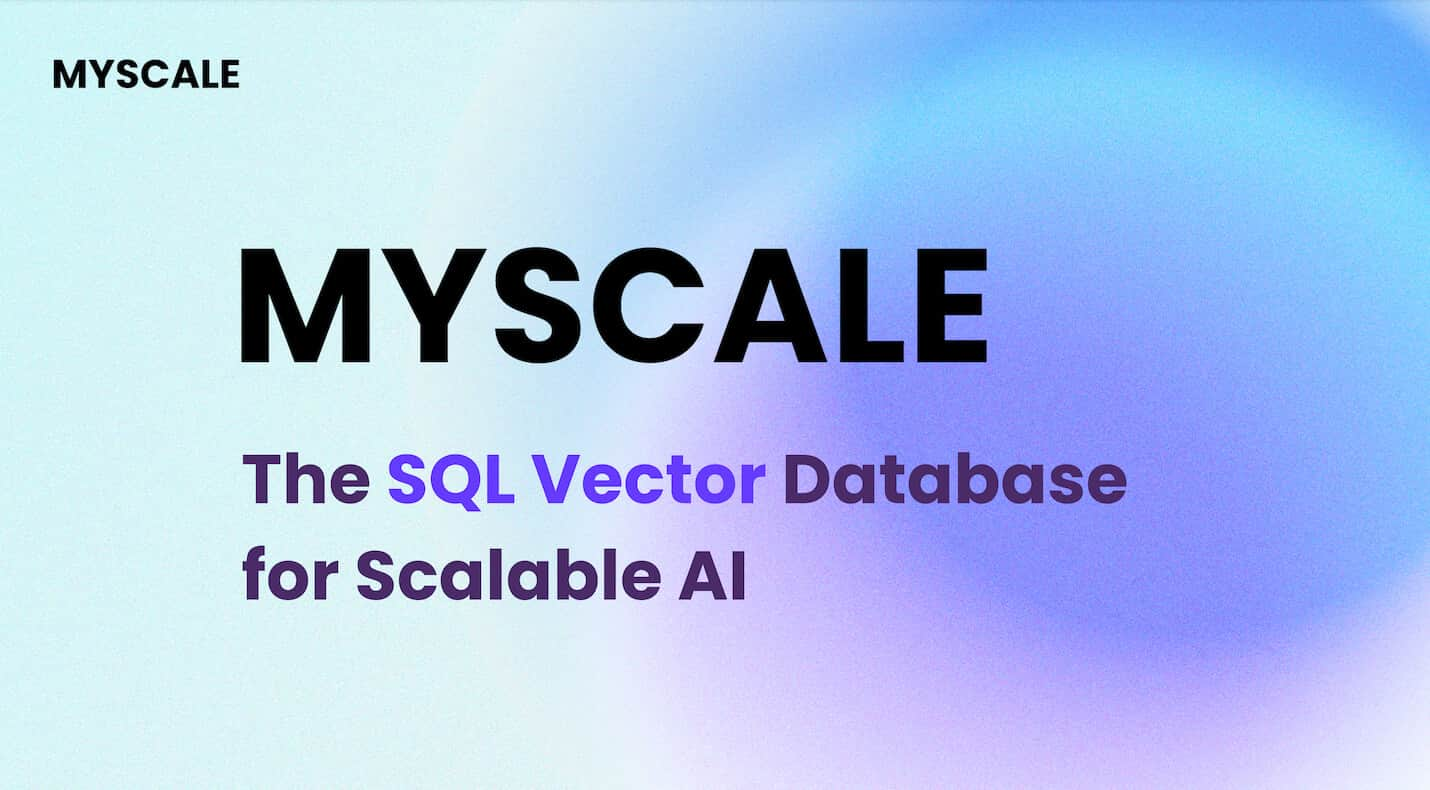
Vision diffusion models (opens new window), a cornerstone in computer vision, play a pivotal role in rapidly matching perceptual representations to real-world data. These models estimate probability distributions from noisy visual data, offering a powerful solution for scenarios with unknown channel models (opens new window). With exponential growth (opens new window) in diffusion-based tools and applications, they have become the go-to generative AI architecture for diverse tasks like image generation, text synthesis, and video creation.
# Understanding Diffusion Models
In the realm of computer vision, Diffusion Models serve as a fundamental tool for rapidly aligning perceptual representations with real-world data. These models play a crucial role in estimating probability distributions (opens new window) from noisy visual data, offering a robust solution for scenarios where channel models (opens new window) are unknown.
# Basics of Diffusion Models
Definition and Purpose: The primary function of Diffusion Models is to estimate probability distributions from noisy visual data, aiding in tasks like image generation and text synthesis.
How Diffusion Models Work: By leveraging advanced algorithms, Diffusion Models analyze visual data to generate accurate probability distributions, enhancing the understanding of complex images.
# Stable Diffusion Generative Models (opens new window)
Characteristics: Stable Diffusion Generative Models exhibit resilience in handling noisy data, ensuring reliable outcomes in various vision tasks.
Advantages in Vision Tasks: The use of Stable Diffusion Generative Models enhances performance by generating diverse augmented data, leading to improved results in image processing and video creation.
# Key Concepts in Vision
Perceptual Representation: A critical aspect of vision diffusion models is their ability to interpret complex visual information accurately, enabling precise analysis and decision-making.
Estimating Probability Distributions: Vision diffusion models excel at estimating probability distributions from noisy visual data, providing valuable insights into image content and structure.
# Applications of Vision Diffusion Models
# Real Use Cases
Image Generation
In the realm of computer vision, Diffusion Models have emerged as definitive tools for generating high-quality images. By modeling complex data distributions, these models can create realistic and diverse visual samples, revolutionizing the field of image generation.
Text Synthesis
Another notable application of Diffusion Models lies in text synthesis, where they excel at generating coherent and contextually relevant textual content. Leveraging advanced algorithms, these models can produce text that closely mimics human-written language, offering versatile solutions for various natural language processing tasks.
Video Creation
Beyond still images and text, Diffusion Models also play a crucial role in video creation. By understanding the temporal dynamics (opens new window) of visual data, these models can generate dynamic and engaging videos with seamless transitions and realistic visual effects.
# Enhancing Performance
Augmented Data
One key advantage of Stable Diffusion Generative Models is their ability to enhance performance through the generation of augmented data. By creating diverse variations of existing datasets, these models enable robust training of machine learning algorithms, leading to improved accuracy and generalization on vision tasks.
Denoising Techniques (opens new window)
Moreover, Diffusion Models have shown remarkable results in denoising techniques within computer vision. By effectively removing noise from visual data while preserving essential features, these models contribute to improving the overall quality and reliability of image processing applications.
# Future of Vision Diffusion Models
As diffusion models continue to evolve, they have become a force to be reckoned with (opens new window), attracting attention and pushing the boundaries of image synthesis. The rise of Midjourney (opens new window) and other AI advancements merely scratches the surface (opens new window) of what is possible with these models. New algorithms are constantly emerging, enhancing the capabilities of vision diffusion models and their integration with AI.
# Emerging Trends
# New Algorithms
Diffusion models are at the forefront of cutting-edge technology, with new algorithms being developed to further refine their performance in various vision tasks.
Innovations in generative modeling (opens new window) are driving the development of more efficient algorithms that can generate high-quality images and text with unparalleled accuracy.
Researchers are exploring novel approaches to diffusion-based tools, aiming to revolutionize the field of computer vision by integrating advanced algorithms for enhanced results.
# Integration with AI
The seamless integration of vision diffusion models with artificial intelligence is paving the way for groundbreaking advancements in image synthesis and data analysis.
AI-driven solutions are leveraging the power of diffusion models to extract meaningful insights from complex visual data, leading to more accurate predictions and decision-making processes.
By combining the strengths of AI frameworks with diffusion models, researchers are unlocking new possibilities for solving intricate problems in computer vision and beyond.
# Potential Challenges
# Computational Costs
Despite their remarkable capabilities, one significant challenge facing vision diffusion models is the substantial computational costs associated with training and deploying these sophisticated algorithms.
Addressing the issue of computational costs requires innovative strategies that optimize resource utilization without compromising on the quality or efficiency of diffusion-based applications.
# Ethical Considerations
As diffusion models become increasingly prevalent in various domains, ethical considerations surrounding data privacy, bias mitigation, and transparency in algorithmic decision-making are paramount.
Ensuring ethical standards in the development and deployment of vision diffusion models is essential to build trust among users and stakeholders while upholding principles of fairness and accountability.
Diffusion Models are a potential solution (opens new window) for processing vast amounts of real-world data. These models, showcasing remarkable capabilities (opens new window) in producing high-fidelity images, videos, and sounds, stand as a testament to the innovative strides in AI. Leveraging stochastic processes, Diffusion Models generate realistic and coherent content (opens new window), addressing challenges faced by traditional generative models. The current state-of-the-art image quality (opens new window) produced by these models has sparked an explosion of research interest. Diffusion Models excel in various use cases (opens new window) such as image generation, super resolution, domain adaptation, style transfer, inpainting, and outpainting.



